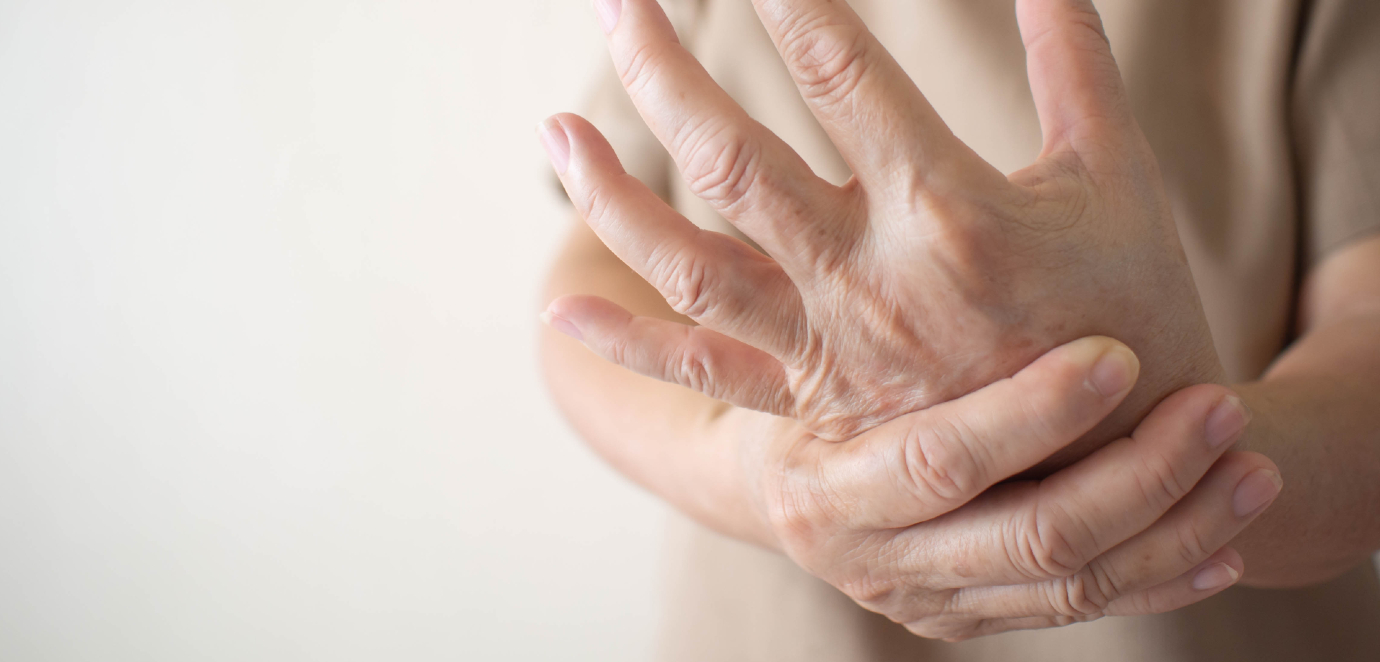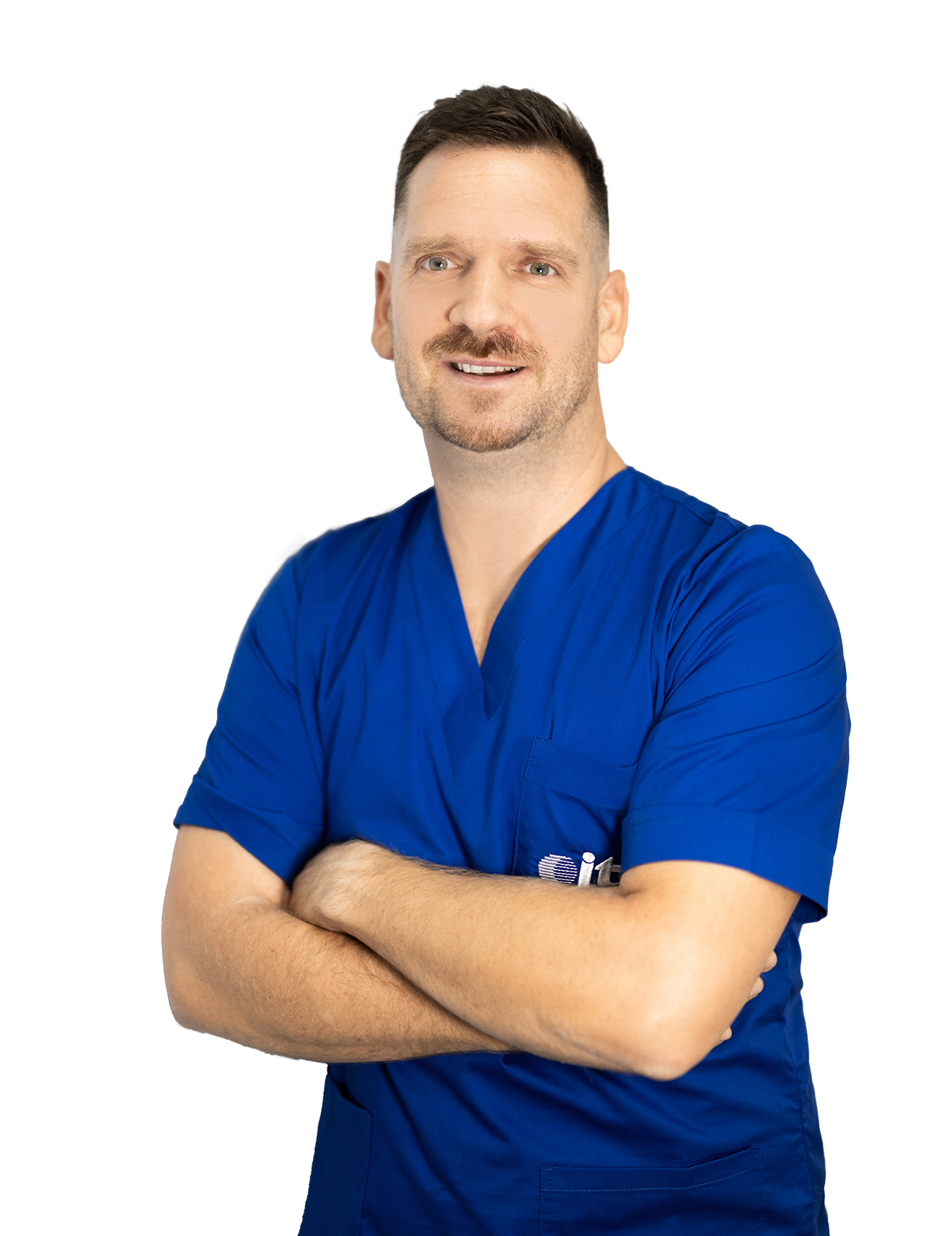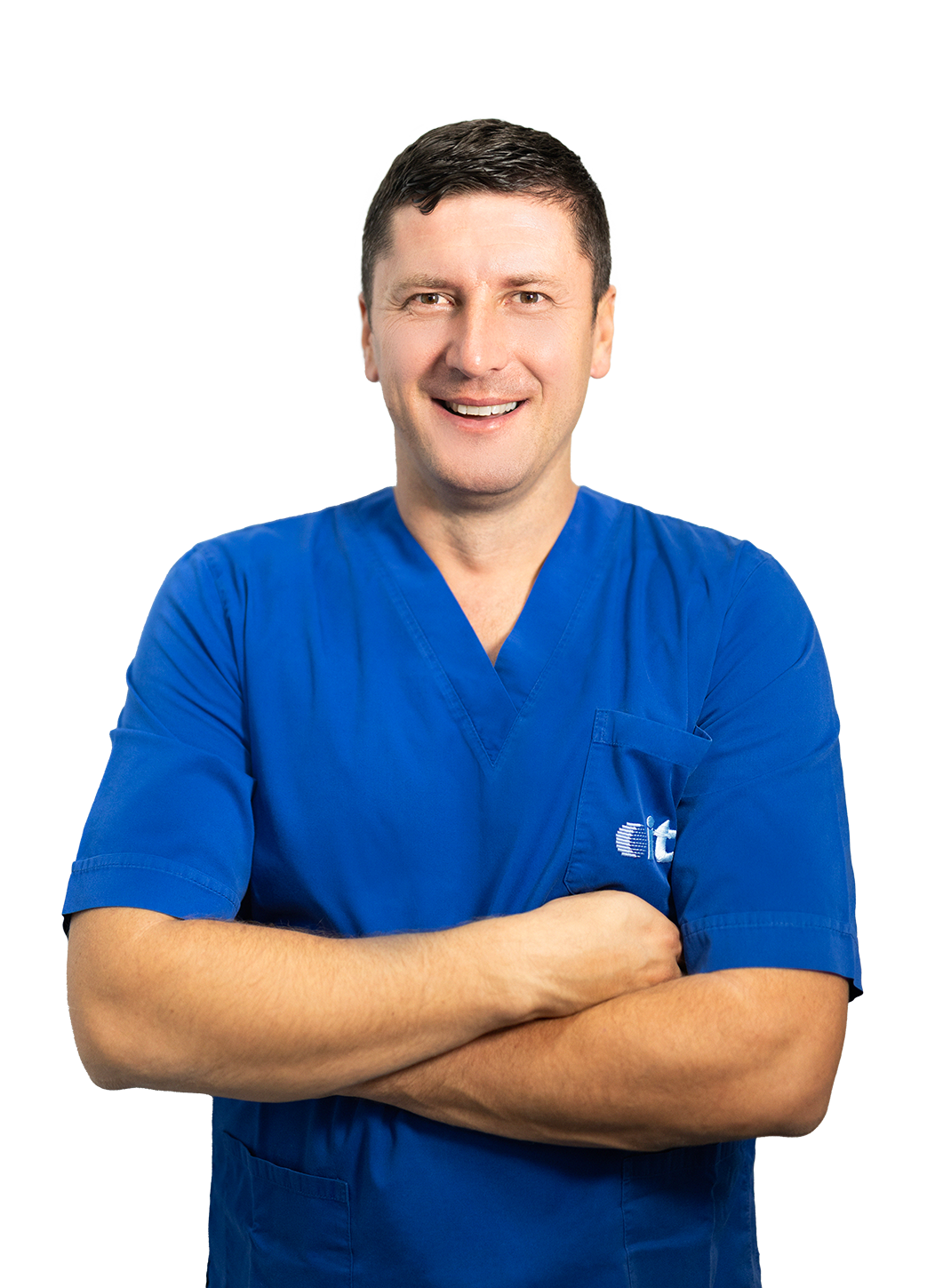

Surgery
Carpal tunnel syndrome
Carpal tunnel syndrome

Carpal tunnel syndrome
Carpal tunnel syndrome occurs when there is pressure on a nerve in the hand called the median nerve. The carpal tunnel itself is a passage surrounded by bones and ligaments in the palm of the hand. As a result of the pressure on the mentioned nerve, symptoms appear which in the initial phase can be a feeling of weakness in the hand, tingling in the hands, and numbness. All conditions that cause pressure on the nerve or irritate it can lead to the formation of swelling and inflammation and, consequently, to the development of the syndrome itself.
Treatment of carpal tunnel syndrome
In treatment, the most important thing is a timely diagnosis, because often in the initial phase, surgery is not necessary, but treatment is approached with non-surgical methods. The most common forms of non-surgical treatment include:- Wrist splint
- NSAID (Non-steroidal anti-inflammatory drugs such as Ibuprofen)
- Corticosteroids
Surgical treatment
A certain number of patients require surgical intervention. The procedure itself is performed under general anesthesia or local anesthesia and consists of an incision in the area under the palm of the hand. The incision itself gives a detailed insight into the problem, and depending on the cause, the surgeon will reduce the pressure on the nerve. Patients are discharged to home care on the same day.Preparation for the procedure
Before the operation, you will consult with one of our surgeons. During the examination, the doctor will explain the procedure itself and possible complications, as well as the optimal method depending on your problem and expectations. You will also be introduced to how to behave after the procedure and how to prepare for it.Recovery
After surgery, it is normal to feel soreness in the hand. During the wound-healing process, the ligaments gradually heal and leave more room for the nerve. Most patients will feel an improvement in their symptoms immediately after the operation, but sometimes it takes a couple of months to fully heal.
Our Expert Doctors

Krešimir Bagatin, MD
Specialist in plastic-reconstructive and aesthetic surgery
dr.bagatin@cito.hr

Ivo Tripković, MD
Specialist in plastic-reconstructive and aesthetic surgery
dr.tripkovic@cito.hr
Want to ask a doctor?
Talk to us or leave us a message, we are here to help you
